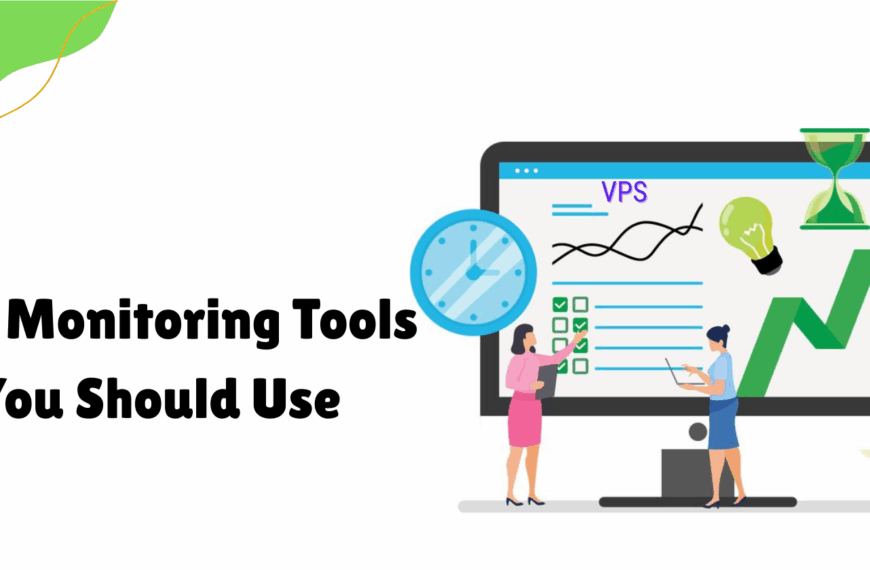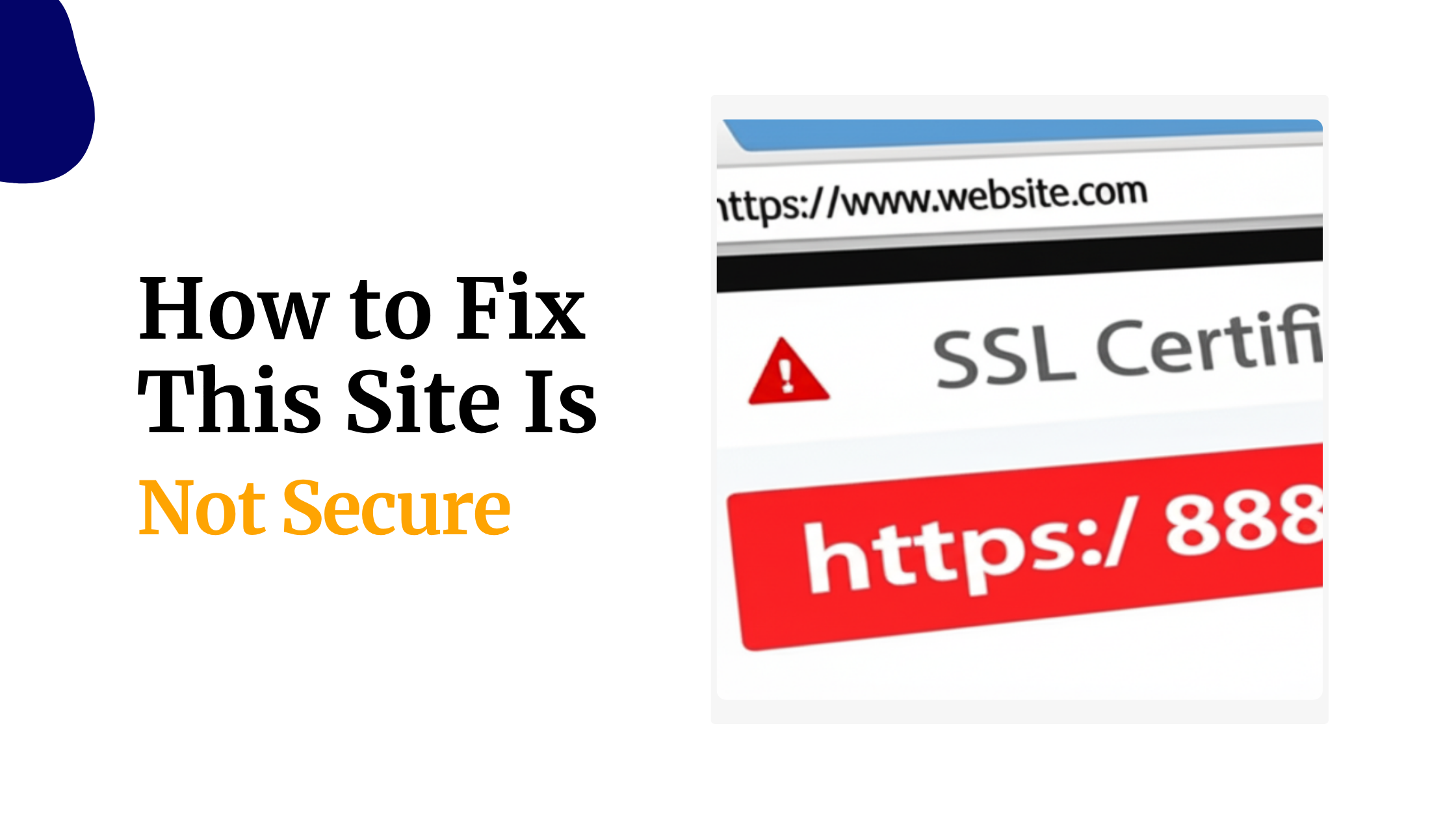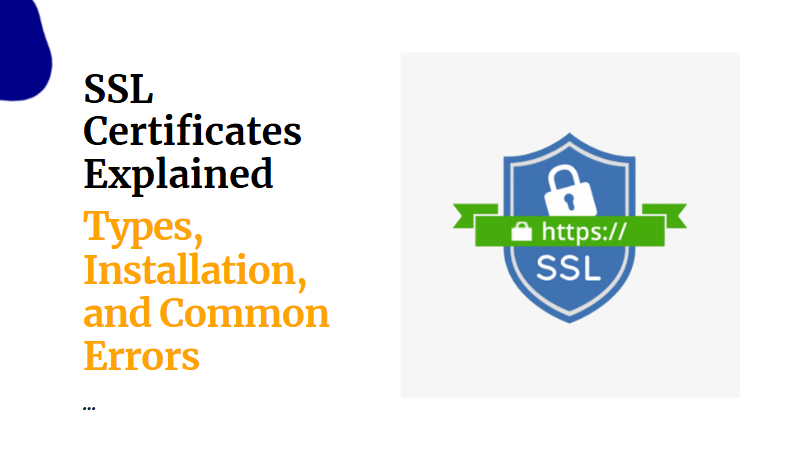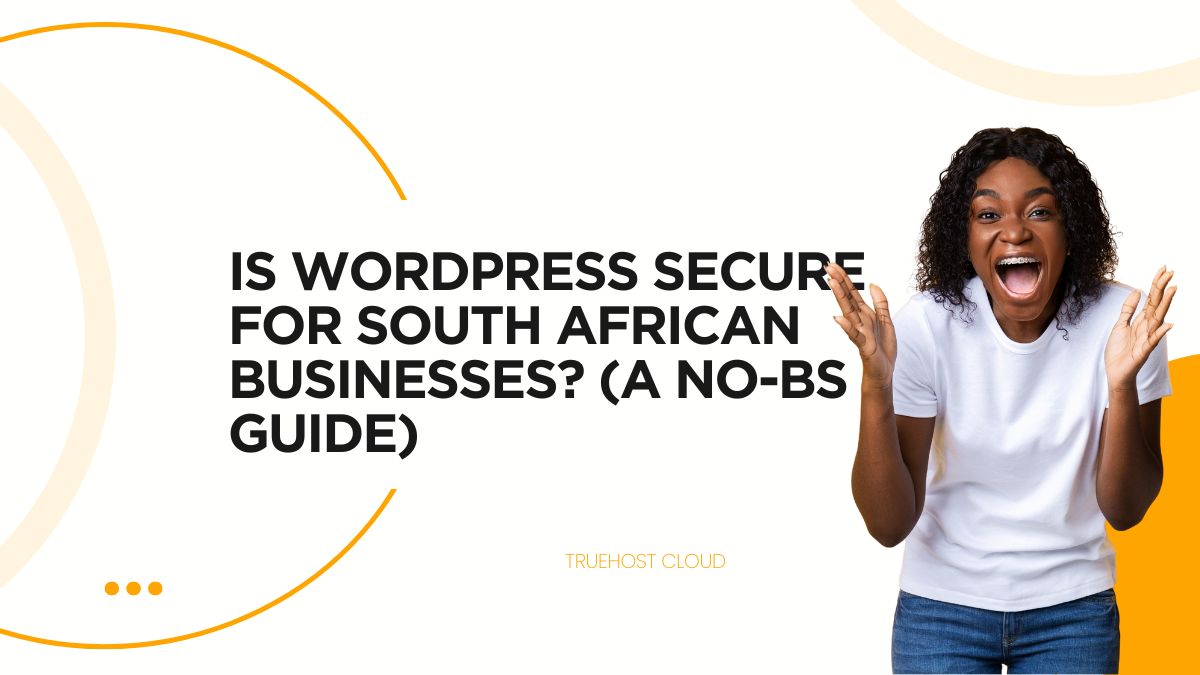When you browse the internet, whether you’re logging into your email, making a payment, or just reading the news, your device is constantly sending and receiving data from websites. Now, imagine that data as a private conversation. You wouldn’t want strangers listening in, right?
That’s where the HTTPS port comes in.
It acts like a secure tunnel that shields your information from prying eyes.
Instead of your data traveling out in the open, where hackers or attackers could intercept it, the HTTPS port ensures it moves safely and privately.
With this in place, you can shop, bank, or browse with peace of mind, knowing your information stays yours.
Table of Contents
What is an HTTPS Port?
Let’s break it down in simple terms.
An HTTPS port is like a secure doorway your web browser uses to connect to websites safely.
Just like buildings have different doors for different purposes, servers have “ports,” and Port 443 is the main entryway for encrypted, private web traffic.
So, when you visit a website that starts with https://, your browser automatically uses Port 443 to create a safe and secure connection.
This helps protect everything you do on that site, whether you’re filling out a form, making a payment, or logging into your account.
Without HTTPS, your data moves around like a postcard anyone can read. With HTTPS, it’s sealed in an envelope that only the website can open.
How is HTTPS Different from HTTP?
Here’s how to think about it:
- HTTP (Port 80) is the older, insecure version. When you use it, data is sent in plain text, meaning hackers or bad actors could easily intercept it. Browsers often mark these sites as “Not Secure.”
- HTTPS (Port 443) is the modern, secure version. It uses SSL or TLS encryption to scramble your data, making it unreadable to anyone trying to snoop. That’s why browsers show a padlock icon when you visit a secure site. It’s a signal that your connection is safe.
- TLS/SSL certificates are a must for HTTPS to work. They act like digital ID cards that prove a website is legit and enable encryption.
- HTTPS is essential if your site collects any kind of sensitive data, like passwords, personal info, or credit card details.
Are There Other HTTPS Ports?
Yes, while Port 443 is the standard, some websites or internal apps might use alternative secure ports like 8443.
This usually happens in special cases or advanced setups, such as corporate networks or development environments. But for most websites and users, Port 443 is the go-to choice.
How Does HTTPS Port 443 Work?
When you type a website address into your browser, especially one that starts with https://, a lot is happening behind the scenes to keep your connection safe.
That security is made possible by Port 443, which is the default port for all HTTPS traffic.
Let’s walk through how it works in a way that’s easy to understand:
Step 1: The User Requests a Secure Connection
When someone visits your website using https://yourdomain.co.za, their browser automatically tries to connect through Port 443. This is the browser’s way of saying, “I want to talk securely.”
Step 2: Your Server Responds with an SSL/TLS Certificate
Your server replies with a digital certificate, also known as an SSL or TLS certificate. This certificate proves two things:
- That your website is authentic (it’s your domain).
- That it supports encryption, which keeps data private.
SSL (Secure Sockets Layer) and TLS (Transport Layer Security) are the technologies that enable this encryption. Think of them as the bodyguards of your data.
Step 3: A Secure Tunnel Is Created
Once the browser verifies the certificate, it creates a secure connection between the user’s browser and your website.
This tunnel ensures that no one else, not hackers, ISPs, or snooping networks, can see or tamper with the data being shared.
Everything from login details to payment information is scrambled into unreadable code. Only your server and the user’s browser can decrypt it.
Let’s Break Down the Key Pieces
Here’s what makes the process work:
- Port 443: This is the dedicated lane for HTTPS traffic. If you’re using HTTPS, your website is communicating over Port 443.
- SSL/TLS Certificates: These are like passports that authenticate your website and enable encryption.
Without them, the browser won’t trust your site, and users will see a “Not Secure” warning.
- Encryption: This is the actual process of turning readable data into unreadable code during transmission. It protects things like:
- Passwords
- Credit card numbers
- Personal details
- Login sessions
- Passwords
Why Is HTTPS Port 443 Important?
In a world where cyber threats are becoming more frequent and more sophisticated, Port 443 plays a critical role in keeping your website and your users safe.
It’s the default gateway for HTTPS, the secure version of HTTP that protects data as it travels between browsers and web servers.
But why exactly does it matter? Let’s break it down.
1) It Safeguards Sensitive Information
Every time someone visits your website, their device exchanges data with your server. This could be login credentials, email addresses, personal details, or even payment information.
If you’re using HTTP (which runs on Port 80), that data travels as plain text. Anyone with the right tools can intercept and read it.
That includes hackers on public Wi-Fi networks, compromised routers, or even rogue employees at ISPs.
But when your website runs on HTTPS via Port 443, all of that data is encrypted using SSL or TLS. That means even if someone manages to intercept the connection, they’ll only see jumbled, unreadable code.
This level of encryption is what protects online banking systems, medical records, shopping carts, and more.
2) It Preserves User Privacy
It’s not just about hackers. Without HTTPS, even your Internet Service Provider (ISP) can monitor the pages your visitors open, the form data they submit, or the searches they perform on your site.
With Port 443 enabled, everything between the user and your server is sealed inside an encrypted tunnel.
No third party, not even the ISP, can easily eavesdrop.
This is crucial for maintaining digital privacy, especially for websites that deal with sensitive topics, confidential communications, or regulated industries.
3) It Builds User Trust
When users see the https:// prefix or the padlock symbol in their browser, it sends a clear message:
“This site is safe. Your information is protected.”
This small visual cue creates a massive trust signal, especially when users are:
- Submitting forms
- Creating accounts
- Entering payment details
- Reading or sharing personal content
Modern browsers actively warn visitors if a site doesn’t use HTTPS. That alone can drive people away before they even get a chance to explore what you offer.
Trust is no longer optional. Port 443 makes that trust possible.
4) It Improves SEO and Ranking Potential
Google has confirmed that HTTPS is a ranking signal in search algorithms. That means secure websites (those using Port 443) are more likely to appear higher in search results.
Here’s why that’s a big deal:
- Better rankings = more traffic
- More traffic = more leads, sales, or engagement
- More engagement = stronger brand credibility
So beyond protecting your users, Port 443 helps grow your website.
Even if your site doesn’t collect personal info, using HTTPS gives you a competitive edge in search results.
When Is HTTPS Necessary?
Let’s be clear: in 2025, every website should use HTTPS. But it’s critical if your site:
- Accepts online payments
- Requires users to log in or register
- Hosts contact forms, medical details, or identity data
- Stores or transmits customer or business information
- Wants to be taken seriously by users or search engines
How to Use the HTTPS Port with Truehost SA
Setting up HTTPS on your website is simple with Truehost SA. Follow these steps to secure your site using the HTTPS port.
1) Get an SSL Certificate
An SSL certificate enables HTTPS on your site. Truehost SA offers free SSL certificates with all hosting plans. This ensures your site uses port 443 for secure communication.
- Visit the Truehost SA SSL page to learn more.
- Free SSL is included with every hosting package.
- Paid options are available for advanced needs.
2) Configure Your Website for HTTPS
After getting an SSL certificate, configure your website to use HTTPS. Truehost SA’s control panel makes this easy. You can enable HTTPS with just a few clicks.
- Log in to your Truehost SA account.
- Go to the SSL/TLS section in the control panel.
- Activate your SSL certificate to enable port 443.
3) Update Your Website Links
Ensure all links on your site use “https://” instead of “http://”. This directs traffic through the secure HTTPS port.
Truehost SA provides tools to automate this process.
- Check internal links, images, and scripts.
- Use plugins like Really Simple SSL for WordPress sites.
- Test your site to confirm everything loads securely.
4) Monitor and Maintain Security
Keep your SSL certificate updated to maintain secure connections. Truehost SA sends reminders for renewals. Regular checks ensure your HTTPS port works smoothly.
- Renew SSL certificates before they expire.
- Monitor for mixed content issues (HTTP and HTTPS on the same page).
- Use Truehost SA’s security tools for ongoing protection.
Why Choose Truehost SA for HTTPS?
Truehost SA makes using the HTTPS port simple and affordable. Our hosting plans include free SSL certificates and easy setup tools. You get secure, fast, and reliable hosting without the hassle.
- Free SSL Certificates: Included with every plan.
- User-Friendly Tools: Enable HTTPS in minutes.
- 24/7 Support: Our team helps with any HTTPS issues.
Conclusion
If you’re building any kind of website in 2025, HTTPS is a must, and Port 443 makes that possible.
At Truehost SA, we make it easy to launch secure websites that inspire trust and perform well.
Whether you’re starting a blog or running a full eCommerce store, you don’t need to worry about ports and technical jargon.
Ready to Secure Your Website?
Try Truehost VPS Hosting, powerful, secure, and scalable for your growing site.
“We take security seriously at Truehost SA. That’s why SSL and HTTPS come standard with all our hosting plans.”
 Web Hosting
Web Hosting Windows HostingBuilt for Windows apps and websites – stability, speed and flexibility
Windows HostingBuilt for Windows apps and websites – stability, speed and flexibility Reseller HostingLaunch a hosting business without technical skills or expensive infrastructure
Reseller HostingLaunch a hosting business without technical skills or expensive infrastructure Affiliate ProgramRefer customers and earn commissions from sales across our platform
Affiliate ProgramRefer customers and earn commissions from sales across our platform Domain SearchFind and secure a domain name in seconds with our quick lookup tool
Domain SearchFind and secure a domain name in seconds with our quick lookup tool CO ZA Domains
CO ZA Domains All DomainsExplore domain names from over 324 TLDs globally – all in one place
All DomainsExplore domain names from over 324 TLDs globally – all in one place Free Whois Lookup Tool South Africa
Free Whois Lookup Tool South Africa VPS
VPS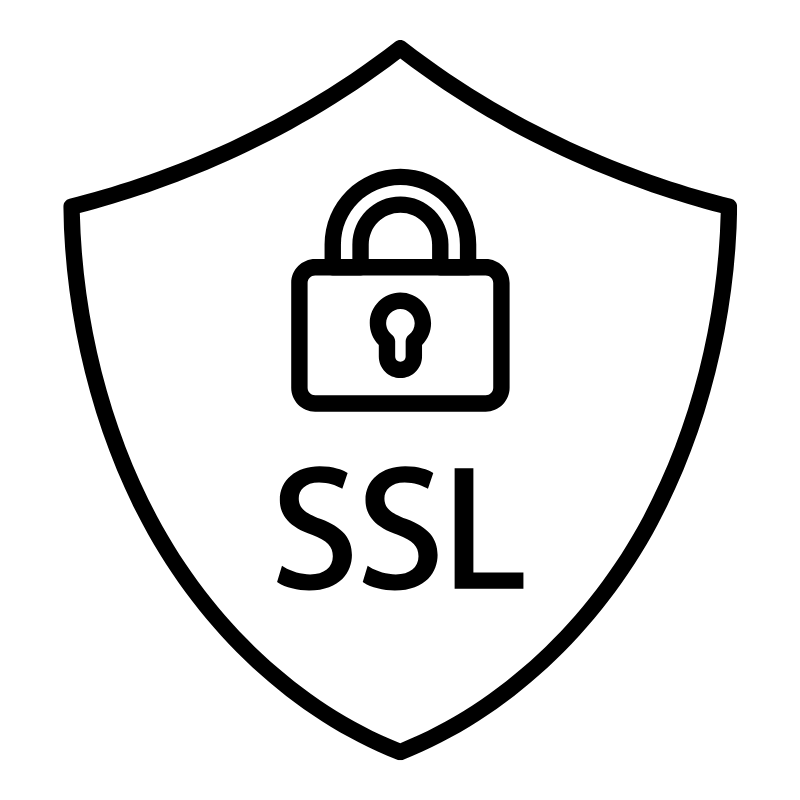 SSLs
SSLs


